There are many things that can go wrong with an electrical power system. From component failures to weather-related issues, there are all sorts of things that can cause a disruption in service. In this guide, we will discuss the most common types of faults and effects in electrical power systems. We’ll also provide some tips on how to prevent or mitigate these problems. So, whether you’re a business owner who wants to stay up-to-date on potential hazards, or you’re just curious about the inner workings of the electrical grid, this guide is for you!
What are Faults and Effects in Electrical Power Systems
These events can cause outages, service disruptions, reliability issues, and other problems that affect the operation of a power system. To effectively manage these faults and effects, it is important to understand their causes and behaviors. This guide will explore the different types of faults and effects found in electrical power systems, as well as potential solutions for preventing them from causing further disruption. [1], [2], [3]
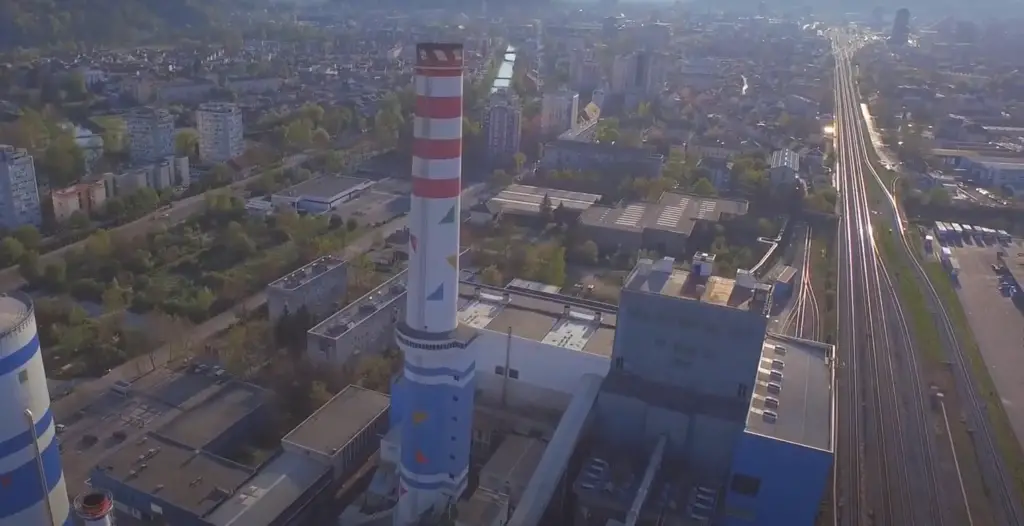
Types of Faults in Electrical Power Systems
A fault in an electrical power system is defined as any undesirable change in its state caused by an external force or event. These events can range from momentary disturbances due to lightning strikes to permanent damage caused by overloads and short circuits. In this section, we will discuss the various types of faults that can occur in an electrical power system.
Symmetrical faults
Symmetrical faults occur when the current and voltage are in-phase. These faults can be caused by a short circuit, an open conductor, or a ground fault. In a short circuit, the flow of electricity takes a shortcut due to two conductors that come in contact with each other. An open conductor occurs when there is no connection between two points on an electrical system due to a break in the line. Lastly, a ground fault occurs when one point of an electrical system is grounded inappropriately and affects the voltage and current levels across the system.
There are various types of symmetrical faults depending on the magnitude of current and voltage involved.
Three Phase Line to Ground Fault
Three Phase Line to Ground Fault is a common type of fault that occurs in electrical power systems. It is characterized by a short or open circuit between all three phases and ground. This type of fault is the source of a large amount of energy due to the high current flow and can cause significant damage if not dealt with in time.
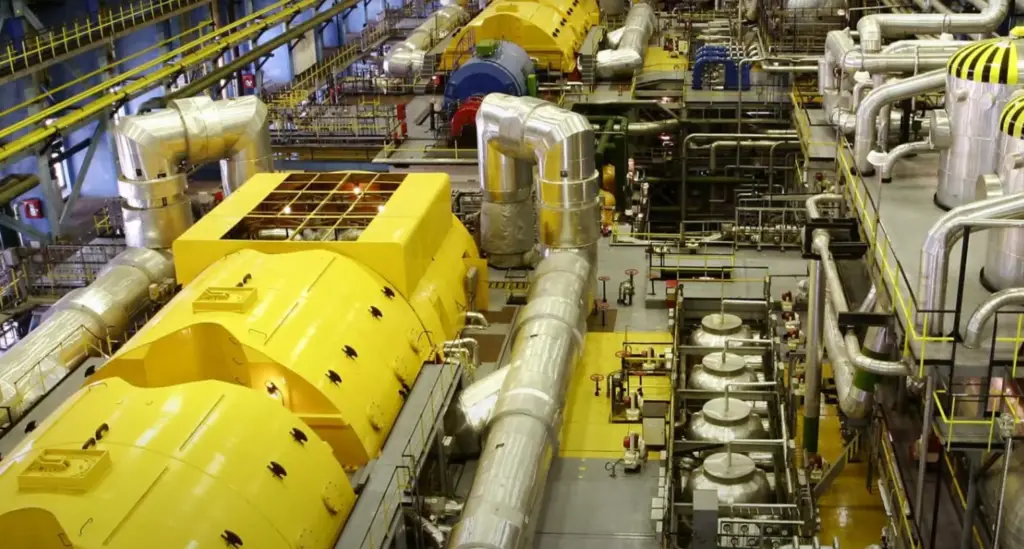
This is one of the rarer faults and can be difficult to diagnose due to the symmetry of the system. The current flow tends to become unbalanced, leading to a dangerous situation where one phase experiences higher current than the other two. This increases the risk of transformer or generator failure as well as damage to electrical components such as relays, fuses and circuit breakers.
Three Phase Line to Line Fault
This type of fault is commonly known as a “line-to-ground” fault. The circuit that results from this type of fault has three equal resistances, each connecting two phases and the ground connection point.
This is by far the rarest type of fault in power systems, but can still be very dangerous if it is not detected and corrected quickly.
Unsymmetrical faults
Unsymmetrical faults are caused when the current does not flow evenly in all three phases of the system. This type of fault is usually caused by an overloaded conductor, an unbalanced current in one or more phases, or a short circuit. Unsymmetrical faults can have severe consequences for the power system, as they can result in uneven torques on the motor, leading to high levels of vibration and potentially damaging equipment. In addition, unsymmetrical faults can cause voltage imbalances in other parts of the system, leading to increased losses and potential instability.
Just like with symmetrical faults, there are various types of unsymmetrical faults depending on the magnitude of the current and voltage involved.
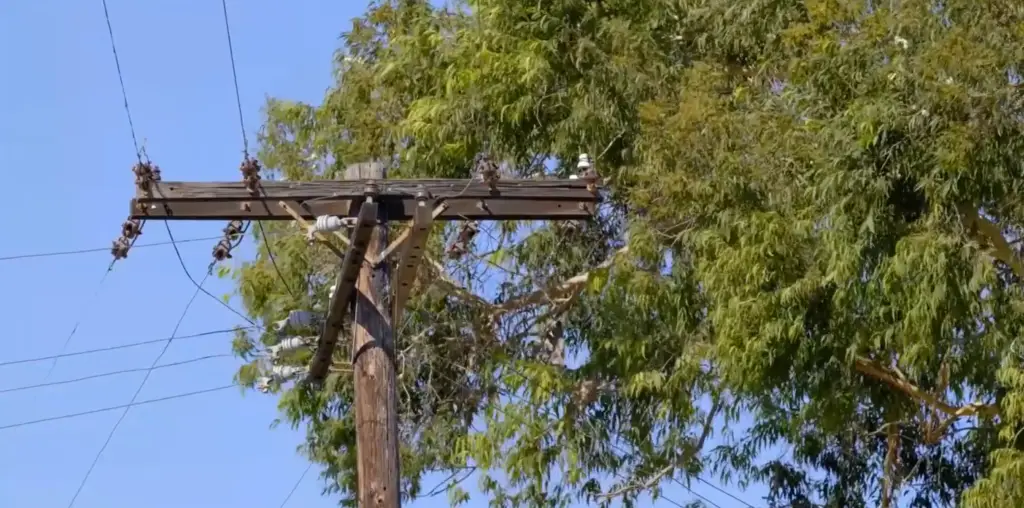
Single line to ground fault
Single line to ground fault is a common occurrence in power systems and can lead to many different types of effects. Single line to ground fault occurs when a single phase conductor comes into contact with the neutral or earth ground conductor, leading to a flow of electric current between them. In some cases, it may also be possible for electricity to escape from an energized source due to inadequate insulation along the path.
This type of fault has two major effects on an electrical system: first, there is a significant voltage drop at the point of fault (due to high current draw), and second, most of the current flows through one phase conductor instead of all three phases.
The rate of this fault occurring is very high – about 70-80% of all electrical fault cases are single line to ground faults. Therefore, it is important to be aware of the effects and take steps to minimize this type of fault from occurring.
Line to line fault
The L-L fault results in a high current flow that causes power system components to be damaged immediately. In this type of fault, the three-phase voltage will remain unbalanced and asymmetrical with respect to ground, while the line current is usually balanced.
The Line to Line Fault can cause severe damage to transformers, generators and other electric devices connected in the power system if it is not detected and cleared quickly. To reduce the risk of equipment damage from Line-Line faults, protective relays should be employed which are capable of detecting these types of faults and tripping quickly.
The percentage of this fault occurring is between 15% and 20%, so it is important to be aware of this type of fault and its effects. Proper preventive maintenance should also be done on electrical components periodically to reduce the risk of Line-Line faults.
Double line to ground fault
A double line to ground fault, also known as a phase-to-ground fault, occurs when two lines get in touch with each other through the ground.
This type of fault is more common and dangerous than a single line to ground fault due to the higher current flow. This high current can cause severe damage to components, especially if the circuit has capacitors or transformers connected.
A double line to ground fault occurs when two phases in an electrical system make contact with each other through the neutral wire or via a third phase. The occurrence rate of this type of fault is higher than single line to ground faults due to the many components in an electrical system. [1], [2], [3]

Causes of Electrical Faults
Now that you know about the various types of faults, let’s discuss what can cause faults in an electrical system. Generally, the following items are known to contribute towards causing electrical faults:
Weather conditions
Weather conditions can play a significant role in causing faults and effects in electrical power systems. Extreme weather conditions, such as hurricanes, floods, snow and ice, can cause a variety of problems. In some cases, the weather may directly impact electrical systems by damaging equipment or disrupting power lines. In other cases, wet conditions can increase the likelihood of electrical faults due to moisture getting into components. High winds can also cause damage to overhead wires and poles, leading to issues with the overall system.
It is important for power companies to take weather into account when designing and maintaining their power systems. For example, many companies use specialized insulation on underground cables that are more resistant to water damage than traditional insulation methods. Power line protection systems can be used to monitor voltage levels during storms, which helps reduce risk of outages caused by overloading circuits. Companies should also plan for regular maintenance inspections during extreme weather events to ensure that all components are in proper working order.
In addition to regularly maintaining power infrastructure, it is also important for companies to educate the public about how weather conditions can influence electrical faults and effects. This includes providing information on proper safety protocols during extreme weather events, such as avoiding downed power lines or touching live wires.
Equipment Failures
When equipment failures occur in electrical power systems, they can create a range of fault conditions and effects. In many cases, these will be momentary or short-term disruptions that are often resolved quickly. This is because most components and systems in the electrical grid are designed to tolerate even large disturbances without major disruption to the system overall.
However, some equipment failures can cause more serious faults and longer term impacts on the reliability of an electrical power system. Malfunctioning, aging and over-stressed equipment can create serious problems, including electrical arcs and outages. In some cases, the resulting damage can take time to repair or replace. Depending on the size and complexity of the system, a single equipment failure may have significant impacts on an entire network.
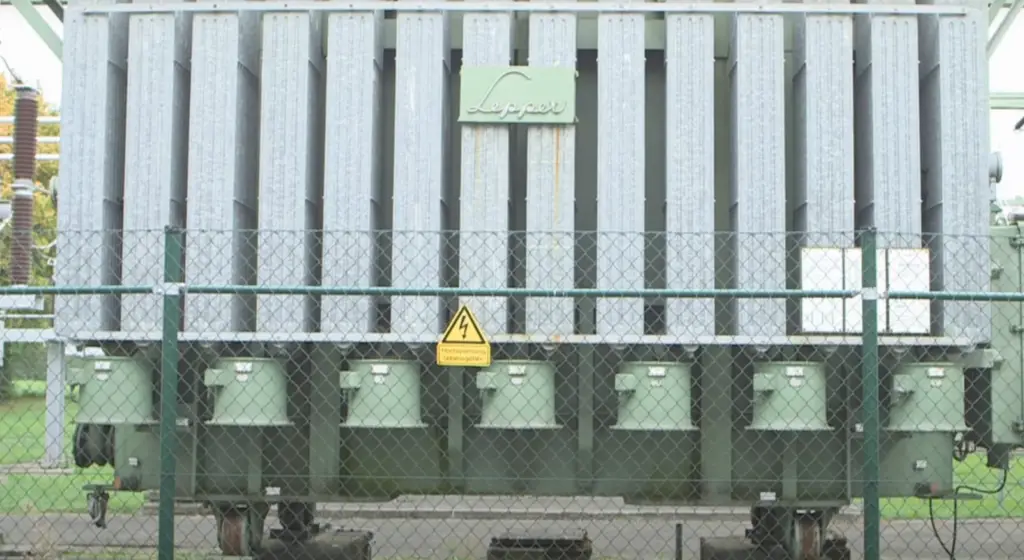
Smoke of Fires
Smoke and fires can be a major cause of electrical faults and effects. The presence of smoke can disrupt the insulation on wires, leading to short circuits or other types of faults. In addition, heat from fires can damage components in the system, potentially leading to an outage or permanent damage. Fires may also spread to adjacent properties, causing additional disruption to power lines and equipment.
It is important for power companies to use proper fire safety protocols when working on or near live equipment. This includes using non-flammable insulating materials on wires, ensuring proper training for personnel, and conducting regular inspections of power lines. Additionally, it is important to have appropriate tools and systems in place that can detect smoke quickly and alert personnel to take action.
Human Error
Humans are a major factor in faults and effects in electrical power systems. Even small errors can have significant consequences, leading to system failures or even catastrophic events.
One of the most common human-induced faults is operational error. Operational errors occur when workers fail to follow procedures correctly. Examples include: an operator mistakenly turning on equipment that should remain off, failing to properly de-energize equipment before conducting maintenance, or ignoring safety precautions like lockout/tagout procedures. These mistakes may lead to short circuits, overloads, fires or other hazardous conditions in the power system.
Human error can also cause design flaws which result in improper installation of components or incorrect wiring of circuits. This often results in ground faults – where current flows improperly through the ground – or unbalanced currents, which can damage electrical components and cause issues with power quality.
Another major factor in faults and effects in electrical power systems is incorrect equipment selection, operation or maintenance. For example, installing a component with the wrong voltage rating for a particular application may lead to an overload. Similarly, neglecting to clean and inspect components on a regular basis can increase the risk of failure due to debris buildup or corrosion.
It is important to note that human error is not limited to operational errors or design flaws; it also includes management-level decisions such as inadequate budgeting for system upgrades or lack of training for personnel who work on the system. Therefore, human error should always be considered when evaluating potential faults and effects in electrical power systems. [1], [2], [3]
Effects of Electrical Faults
So now you know the causes of electrical faults, let’s look at the effects they can have. Let’s dive deeper into the different types of faults and the impacts they can have on an electrical power system.
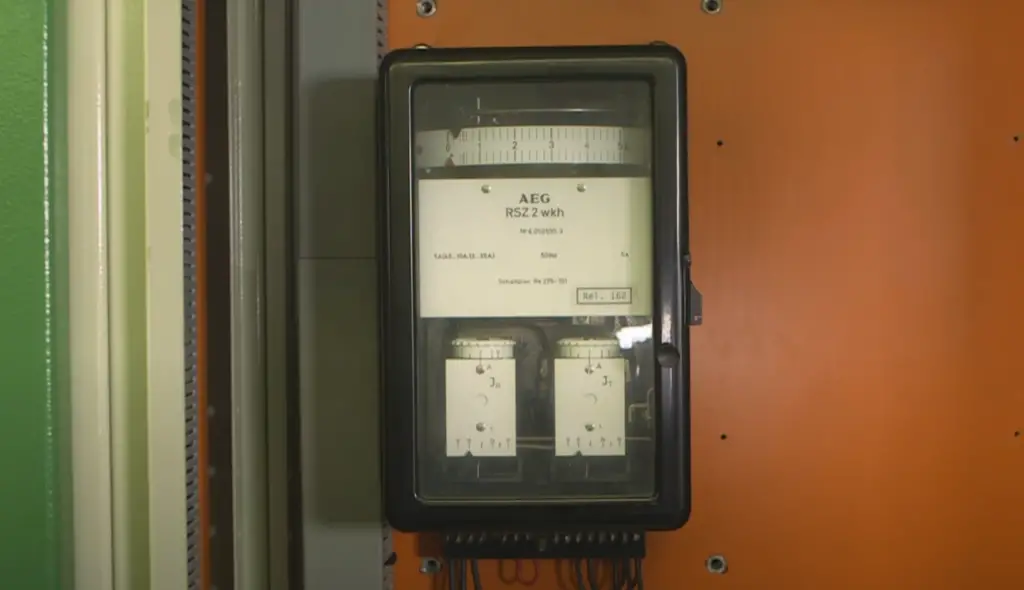
Electrical fires
One of the most serious consequences of electrical faults is an electrical fire. An overload of current or voltage can cause high temperature insulation breakdown leading to sparks and thermal runaway, causing a fire. It’s important to regularly inspect the system for signs of wear and tear as well as check that all wires are properly insulated, this will help reduce the chance of an electrical fire starting.
Endangering operating personnel
When it comes to electrical faults, the most hazardous type is endangering operating personnel. This can happen when there is an arc-flash event or a short circuit in the system. Arc-flash events occur when a fault occurs between two conductors carrying enough current to cause an electric arc to form between them. The arc flashes last for milliseconds and create intense heat, light and pressure which can propel debris from the equipment and endanger the operator. Short circuits also produce high levels of current in the system, resulting in large amounts of thermal energy being released that could potentially injure any persons nearby.
Disturbance of Interconnected Active Circuits
When there is a disturbance of interconnected active circuits (such as those in an electrical power system), the effects can be wide-ranging. These disturbances can cause surges, spikes, sags and transients which may damage equipment and cause power outages. They can also affect the integrity of data transmission paths if the system has communication lines running along with it.
Loss of Equipment
Loss of equipment is another potential effect of electrical faults. This can happen when an electrical fault causes components to overheat, leading to thermal runaway and permanent damage. In addition, the current overload or voltage surge caused by a short circuit or arc-flash event can also cause direct physical damage to equipment in the system.
This makes it essential to regularly maintain electrical systems and ensure that there are sufficient protective devices in place. This will help reduce the chances of equipment damage due to an unexpected fault occurring in the system. [3]
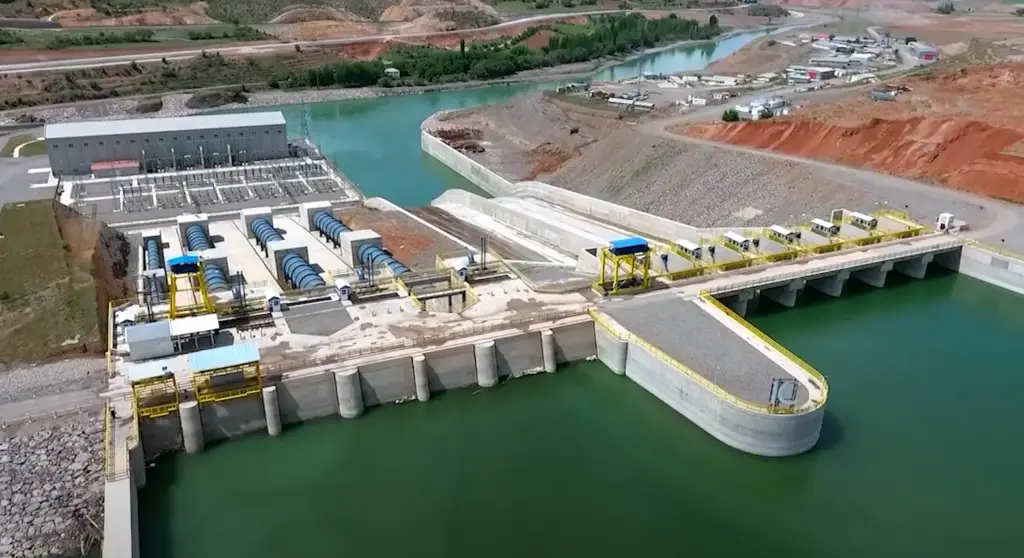
FAQ
What is the cause and effect of fault?
Fault cause and effect is the study of how faults occur in electrical power systems, as well as their resulting effects. In other words, it is the process of understanding the root cause of a fault and its subsequent consequences.
Faults can be classified into three main categories: overcurrents, shorts, and earth faults. Overcurrents occur when the current flowing through an electrical system is too high, while shorts are caused by a direct connection between two or more conductors. Finally, earth faults happen when one of the conductors makes contact with the ground.
The effects of faults in electrical power systems vary depending on their type and severity. For example, short circuits usually result in large amounts of energy being released suddenly which can cause damage to equipment and create safety hazards for personnel working nearby. Overcurrent faults can result in overheating of components, leading to reduced efficiency and eventual failure of the equipment if not addressed promptly. Earth faults typically cause a loss of insulation integrity, resulting in permanent damage to components or wiring systems if left untreated.
By taking the time to both analyze existing systems for potential issues as well as implementing preventative measures, you can help ensure that all of your equipment is running smoothly and safely.
What are the 4 electrical faults?
Electrical systems are susceptible to four possible malfunctions: an open circuit, high resistance, short-to-ground and short-to-power. With the right knowledge and expertise, these issues can be addressed quickly before they cause more serious damage.
An open circuit fault occurs when a break in the electrical path is created, resulting in an interruption of current flow. This type of malfunction can be caused by poor connections, loose wires or insulation damage. High resistance faults occur when there is too much resistance between two points, making it difficult for electric current to flow through the system. These issues are often caused by corrosion, faulty wiring or a temperature difference between components that causes thermal expansion and contraction.
Short-to-ground faults happen when there is an accidental connection between a live conductor and ground which redirects electricity away from its intended destination. This defect can cause rapid draining of power from the system as well as potentially leading to an overload or fire hazard. Finally, short-to-power faults occur when a live conductor is accidentally connected to an unrelated power source, creating a direct flow of electricity which can also lead to rapid power drain or an overload.
What are the different kinds of faults and their effects?
There are several types of faults that can occur in an electrical power system, each with its own unique effects on the system. These include:
- Open Circuit Faults – This type of fault occurs when a break in an electrical circuit interrupts the flow of current and causes a system overload. It often results in an increased voltage on the remaining parts of the system and may cause damage to electric equipment if not addressed quickly.
- Short Circuit Faults – A short circuit is caused when two conductors come into contact with each other and create a low resistance path for electrons, allowing them to bypass normal loading circuits. Short circuits can lead to equipment overheating, leading to potential fires or destruction of components.
What are faults in electrical power systems?
Faults in electrical power systems are unwanted electricity flow resulting from short circuits, overvoltages, or current overloads. These faults can cause damage to the system components and result in disruption of power supply. The type of fault that occurs depends on several factors, such as the amount of current drawn by the load, the length of the circuit, the type of insulation used in the system, and environmental conditions.
Generally speaking, a fault can be considered a transient event resulting from an imbalance between energy sources and sinks. In electrical systems, these imbalances occur when one or more components fail to function properly. A common example is an open circuit where there is no current flow due to an interruption along some part of the line.
It’s important to note that faults in electrical power systems can have a wide range of effects, ranging from minor disturbances to complete system failure. To prevent fault-related damage and outages, power system operators must be aware of the different types of faults and how they affect the operation of the grid.
What is the classification of electrical faults?
Electrical faults can be classified into two broad categories: symmetrical faults and asymmetrical faults. Symmetrical faults occur when all three of the phase currents and voltages are equal, while asymmetrical faults occur when one or more of the phase currents and/or voltages are unequal.
Within symmetrical fault types, further sub-classifications can be made: single-phase to ground, single-phase to phase, two-phase to ground and three phase short circuit. Asymmetrical fault types include Single Line to Ground Fault, Line to Line Fault and Double Line to Ground Fault.
Useful Video: Different Types of Faults in Power System | Explained |
Conclusion
Electrical power systems are a complicated but essential part of our modern lives. Understanding types of faults and their effects is key to maintaining safety, reliability, and stability in the electrical grid. By recognizing these different types of faults, we can plan for them more effectively and reduce their potentially damaging impacts.
In this article we discussed the various types of faults that can occur in electrical power systems, as well as their potential effects. We also explored some preventive measures to help reduce the risks of experiencing a fault or its consequences.
All in all, proper maintenance and planning are essential to reducing the risks posed by electrical power systems. By understanding the different types of faults and their effects, we can better prepare for any potential issues that may arise.
We hope this guide has equipped you with greater knowledge about types of faults and their effects in electrical power systems. With this information, you can put into practice the proper safety procedures when dealing with any electric system malfunctions. Stay safe!
By understanding and respecting the principles behind electricity and its components, we can all do our part to ensure that our lives are powered safely, securely, and sustainably for many years to come. Thank you for reading!
References
- https://www.allumiax.com/blog/fault-analysis-in-power-systems
- https://www.elprocus.com/what-are-the-different-types-of-faults-in-electrical-power-systems/
- https://madhavuniversity.edu.in/faults-and-effects-in-electrical-power-system.html





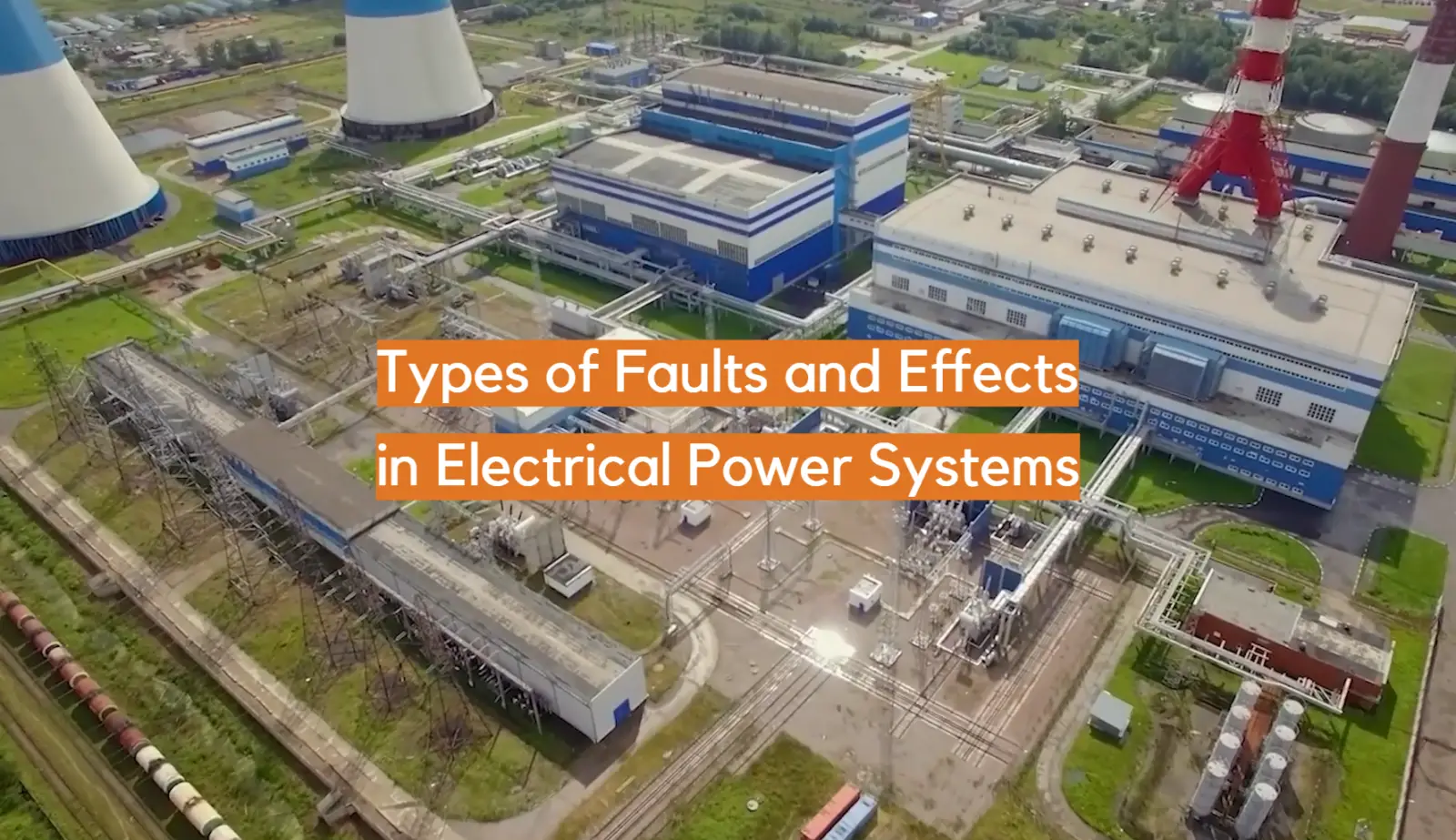




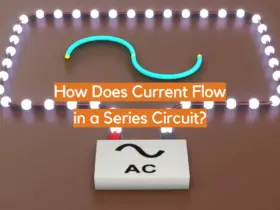



Leave a Reply